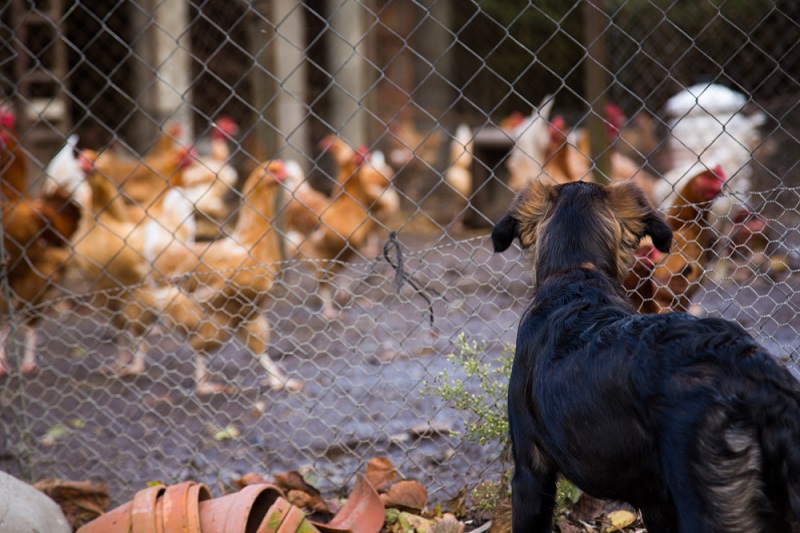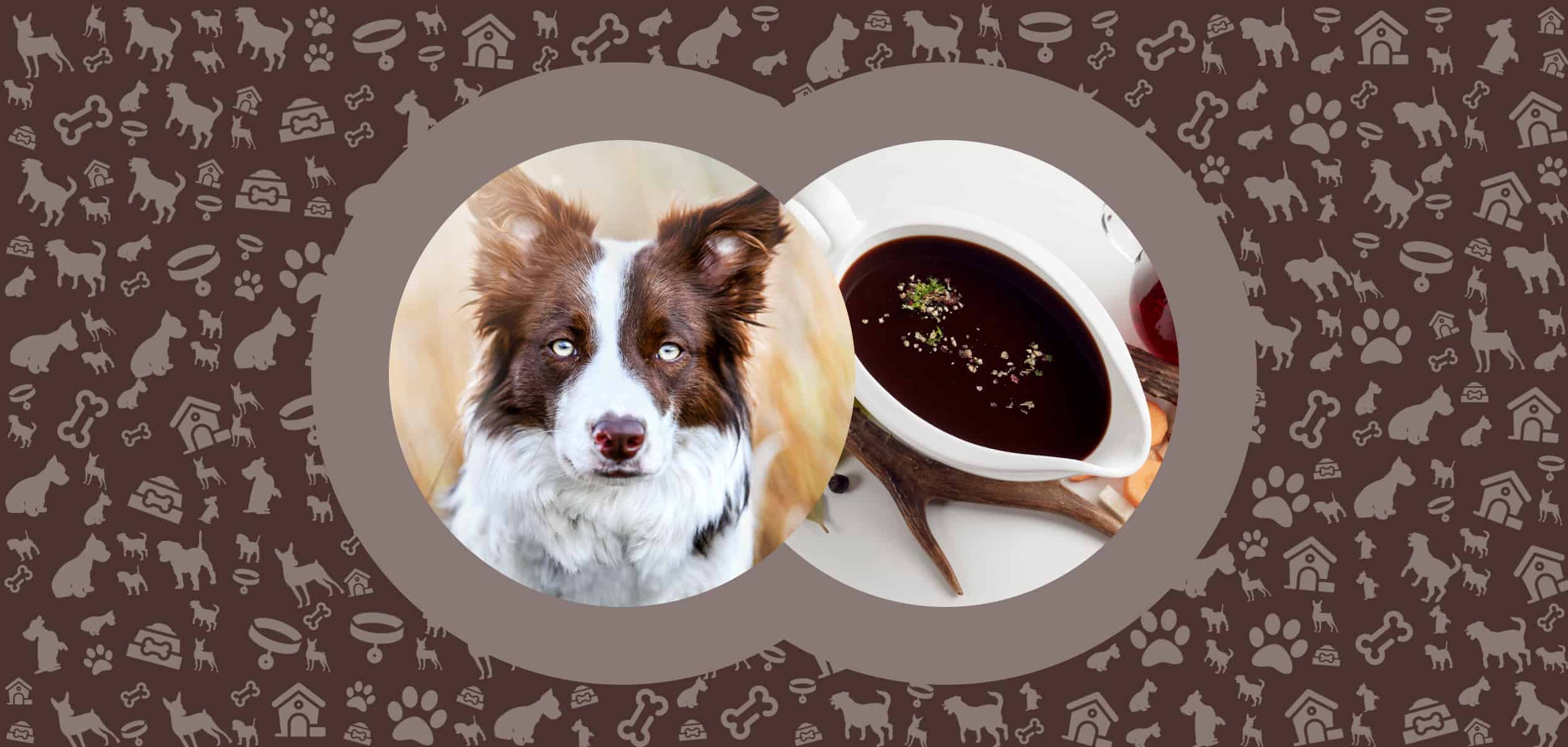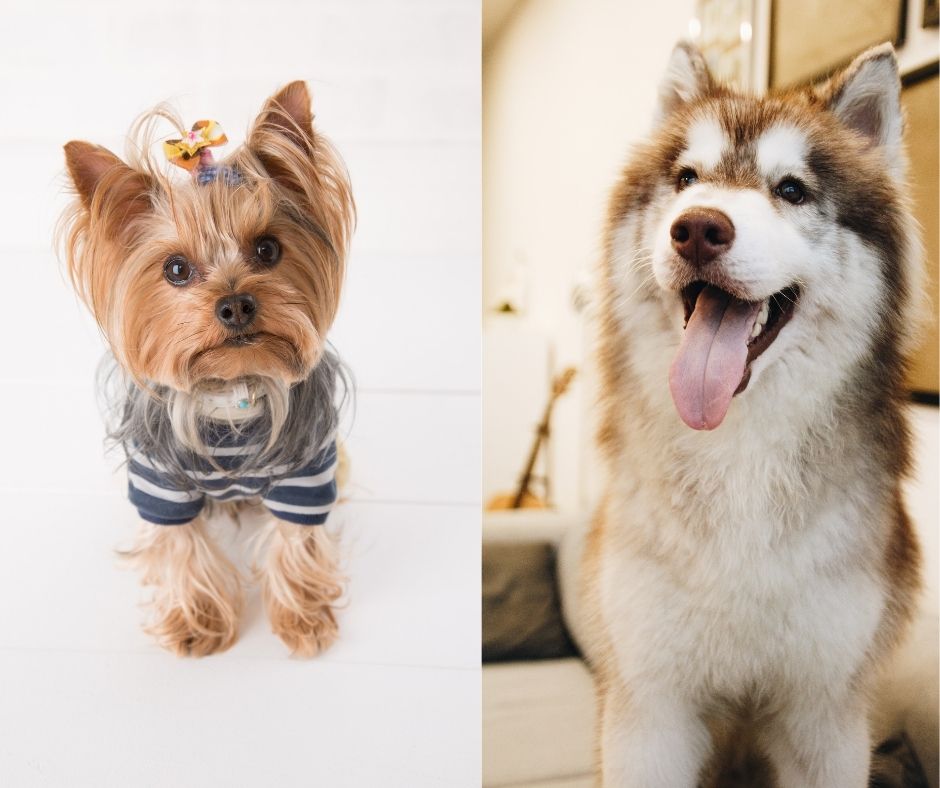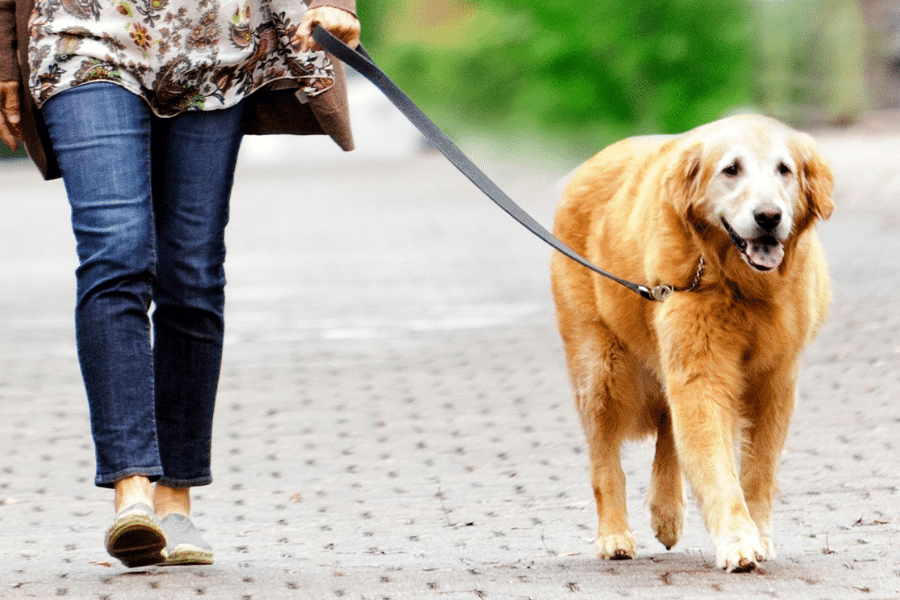
Dogs can be very erratic movers depending on how the mood takes them. The zoomies are a classic example. But there’s one movement that can send alarm bells ringing in even the most laidback of owners: a dog with a twisting body when walking. It can also be described as your dog walking in a c shape, sideways, sidewinding, or like a crab.
However, why do dogs start the crabbing walk or sprint sideways? Here’s the most thorough response I could find after consulting a veterinarian and compiling the finest available web resources, along with a detailed analysis.
My dog walks sideways; why? For a variety of reasons, including hip dysplasia, having a dominant limb, excitement, an ear infection, or even just pins and sensations after waking up, your dog may have a twisted body and be walking sideways.
Table of Contents
Why does your dog’s body twist when it walks?
Dogs that engage in this strange activity, which essentially leads them to walk or sprint sideways while still going ahead, will appear uneven. It’s been likened to walking in a C shape or like a crab.
Their back legs are frequently a little off to the side from their front legs, and their bodies frequently become twisted and bent.
You may have cause for concern if you have seen that your dog walks with his body twisted. After all, crabbing can occasionally mimic an injury and give dog owners the idea that their dog’s body or legs may be malfunctioning.
Similarly, you may be wondering if there is a treatment for it and if it has anything to do with your dog’s coordination or balance. You’ve come to the correct place if you found this post while looking for an answer; allow me to address all of your inquiries and more.
Your Dog Is Continuing to Grow
As with the previous discussion, dogs at adolescence can grow to be extremely long and lean. They may walk sideways until they fill out in their legs to avoid falling or hitting their front legs with their backs.
If your dog is in this stage, when they reach adulthood, they probably will outgrow this gait. While it lasts, enjoy this stage of puppyhood!
One of them is Dominant.
Your dog may have greater strength on their left or right side if they appear to veer to the side when they are energetically moving, especially when racing.
Keep an eye on your dog to determine whether they generally favor one side over the other.
Dogs can favor one side and use it more subtly, much as people can be right- or left-handed and have one leg stronger than the other.
If your dog is like this, after they’re relaxed, they’ll resume walking normally.
They’re Thrilled!
Dogs who are excited may act foolishly, such as running or walking in an odd direction! This is frequently caused by their dominant side, where their legs are stronger, as we previously explained.
Take note of your dog’s sideways gait. Is it when they’re chasing their favorite ball in the backyard, when you return home from work, or when you start a walk?
Again, after their excitement subsides, your dog will resume their typical strolling manner. This behavior is very normal.
A Leg of Your Dog Is Sleeping
Dogs’ limbs can nod off, just like people’s, which makes them walk strangely. I’m not sure about you, but I often find myself sitting on my legs, and when I try to stand up, I almost trip over it!
Your dog will favor the opposite side if their limb is sleeping until that terrible tingling sensation goes away. Placing weight on the sleeping limb may feel strange or even painful, resulting in strange movements.
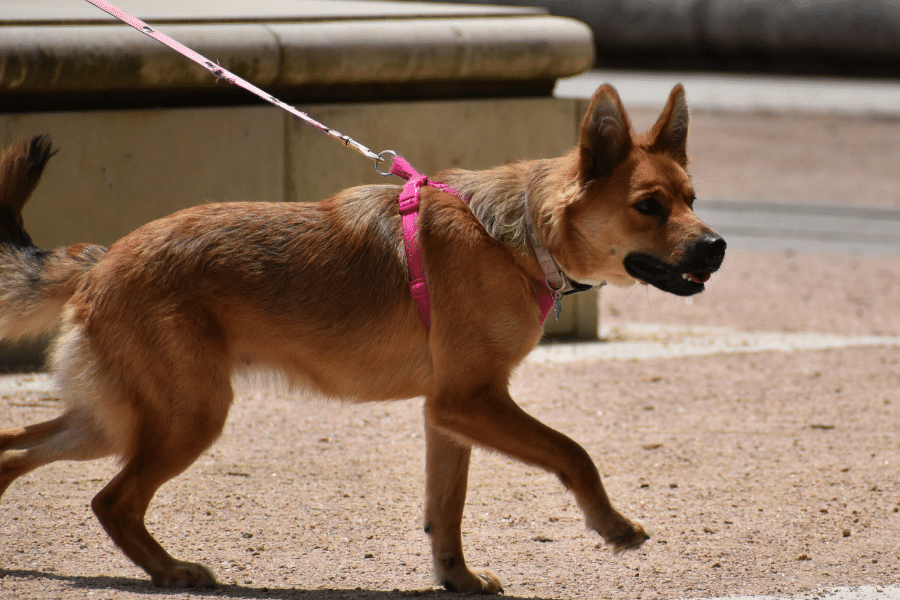
Their Harness or Collar Is Not Comfortable
Ever saw a video of a puppy stumbling around in their new harness or hunching over as though they are unable to walk correctly? Dogs have a theatrical side!
An uncomfortable collar or harness may also be the reason for a dog’s lateral movement. They may be walking awkwardly in it, or they may be trying to take it off.
Give your dog some time to get used to wearing these items if it’s their first time. Slowly introduce the harness or collar and maintain a cheerful attitude throughout.
Treats can be used to gradually entice your dog to interact with the object. Begin by making contact, then insert their head, buckling, or putting their legs inside. Keep meetings brief and make an effort to conclude each one with a smile.
For example, give your dog lots of praise when they use their nose to contact the harness. Close the training session by giving them a treat. Restart later in the day.
Both you and your dog will find this procedure easier the more willingly you can get them to interact! Although it requires time, it is absolutely worth it.
The harness or collar may be uncomfortable or excessively tight if your dog is accustomed to wearing it. It is advisable to acquire another one that fits differently or one size larger in this instance.
A harness that rubs against your dog’s armpits or one that is overly tight around their stomach are two examples of items that could irritate them.
Look for an item that is comparable to your dog’s previous favorite if the new one is irritating them. If they suddenly find themselves irritated by the previous object, they might have injured themselves, put on or lost weight, or have an injury that it’s brushing against.
They may have a sideways gait in their normal state.
Some dogs just naturally move in certain ways, such sideways running or crabbing. Dogs run and walk in diverse ways, much like people do.
For instance, you are undoubtedly aware of someone who moves quickly and someone who takes large strides, frequently trampling the ground and startling the people below.
Our canine friends may exhibit similar variations in gait: some may walk quickly and little, while others take large, hefty steps. Some people get so thrilled that they start walking in circles.
The good news is that you most likely have if your dog has been running sideways for a number of years.
Stumbling because of one dominant leg
Dogs may also be able to walk in a crab-like c shape because one of their legs may be more dominant than the others. Dogs who have a single dominant back leg frequently do odd maneuvers like sidestepping and crabbing.
This is especially noticeable in pups and younger dogs, who until they reach adulthood are frequently awkward and unsteady on their feet. It’s interesting to note that adult dogs occasionally exhibit this peculiar habit, which explains why they walk in an unusual way.
Sidestepping because of an ear infection
Additionally, ear infections might cause your dog to walk sideways or with their body twisted, which can impair their balance. Although bacterial infections are the most common type of infection, fungal infections are not unknown and can occasionally arise.
In a similar vein, additional ailments like polyps or ear mites may increase your dog’s risk of ear infections.
Regrettably, dog breeds with longer ears—such as Basset Hounds, Cocker Spaniels, and Bloodhounds—are more prone to ear infections.
Suddenly moving sideways when walking
In most cases, crabbing is not a serious activity. On the other hand, in certain cases, it may indicate a structural or proportionate disparity or a medical problem.
For instance, see your veterinarian and get your dog inspected if your dog is older or if it has suddenly developed sideways gait. It is usually advisable to err on the side of caution, and occasionally doing so can prevent your dog from suffering greatly.
My dog had lately suffered a rear leg injury from jumping up, which left him walking for several days like a crab in a C shape.
Ancient or old dog pacing erratically
Hip dysplasia is one of the more frequent causes of crabbing and twisted walking in elderly dogs. This painful bone disorder, which is frequently observed in huge or giant breed dogs, causes the hip’s ball and socket to grind and rub rather than glide smoothly.
It is extremely unpleasant for any dog, regardless of age, to experience the degradation and loss of function in the joint that this ailment can produce over time.
Fortunately, there are a number of therapeutic options available for this illness, including anti-inflammatory drugs, joint supplements, and physical therapy.
Summary
In dogs, strange actions such as sideways walks are not unusual. Our canine friends may have a range of characteristics from birth, some of which may seem exclusive to them; this also applies to the way they move.
You have most likely witnessed this yourself if you have ever been to a dog-friendly park that is swarming with dogs of all sizes and kinds.
Even when your dog is at a distance or alongside other dogs that appear alike, you can usually tell who they are by their movement, even if it is occasionally imperceptible.
This is particularly simple if your dog runs in a distinctive manner that makes them stand out from the crowd. Furthermore, you never know how your dog will behave when he gets excited; bizarre zoomies and odd leaps into the air are frequent behaviors for many different breeds.
To rule out any significant health issues, please have your dog examined by a skilled veterinarian if it has suddenly started to walk sideways.
